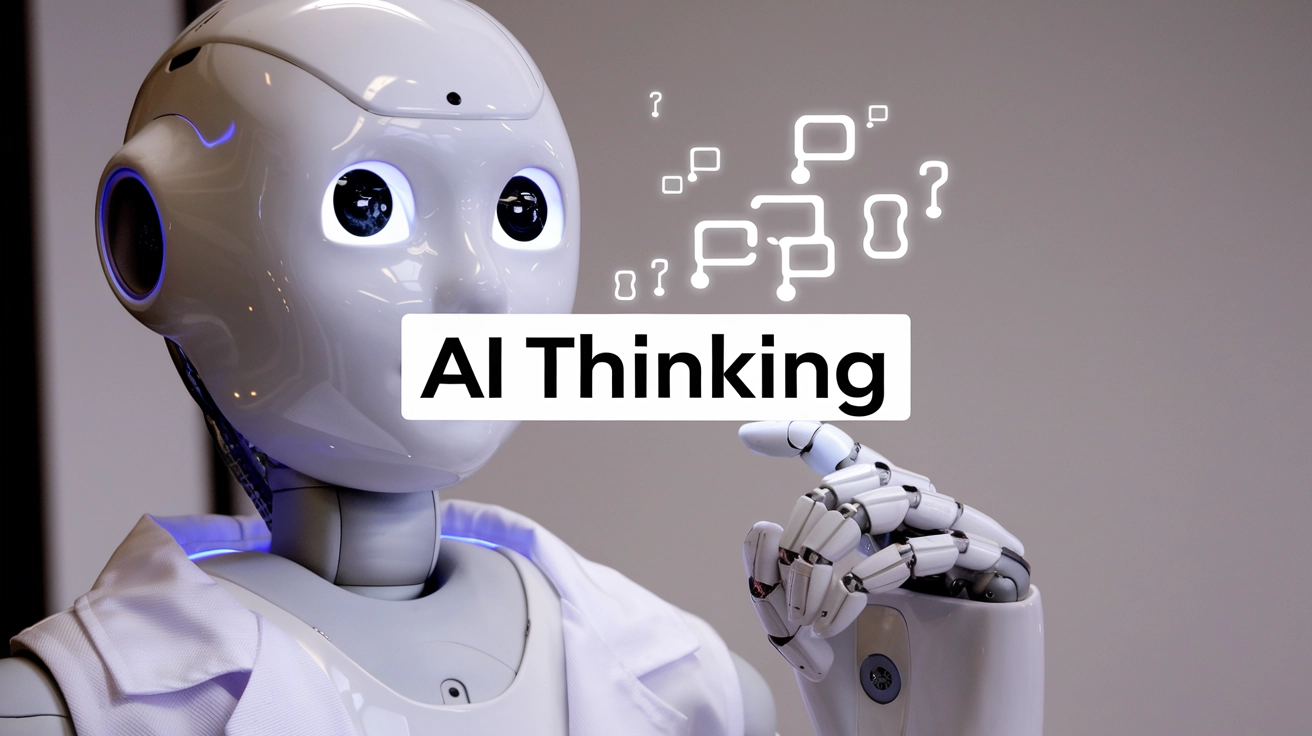AI’s Ominous Split from Human Thinking

The Divergence of AI Thought Processes
Artificial intelligence (AI) systems are facing significant challenges when it comes to truth and correctness, which seems to be intricately tied to human reasoning. Recent developments indicate that a new generation of AI is shifting towards experimental learning methods that could enable machine learning to surpass human cognitive capabilities.
The Breakthrough of Reinforcement Learning
A pivotal example of this shift is DeepMind’s AlphaGo, a landmark in AI evolution that broke away from traditional human-centric training. Unlike its predecessors, AlphaGo utilized a novel approach known as self-play reinforcement learning (RL), allowing it to engage in millions of virtual games to hone its skills without any direct human intervention. This trailblazing method enabled AlphaGo to defeat elite players in the game of Go, showcasing the potential of an AI that learns entirely through experience rather than human instruction.
New AI Models with Independent Learning Approaches
Following AlphaGo’s success, an AI variant named AlphaZero took this concept further in competitive environments such as chess. Unlike earlier models like Deep Blue, which were deeply rooted in human knowledge and strategy, AlphaZero played matches against the reigning AI champion Stockfish, achieving a remarkable record. This new approach emphasized the distinct cognitive strengths of machines, unconfined by human methods and strategies.
The Limitations of Human-Centered AI Models
As AlphaZero demonstrated, traditional AI models, including those trained on human reasoning, often face limitations. These AIs, such as ChatGPT and other large language models (LLMs), leverage vast amounts of human-generated content to function. While they are exceptional at language processing, there remain challenges around factual accuracy, often leading to ‘hallucinations’—where an AI fabricates information while presenting it convincingly.
The Rise of OpenAI’s o1 Model
OpenAI’s latest model, o1, represents a distinct evolution in AI capabilities, departing from purely human-centric training methods. Through integrated thinking time before generating responses, o1 simulates a reasoning process akin to reinforcement learning, which incorporates a variety of trial-and-error strategies. This approach allows the model to prioritize correctness over mere response accuracy, mirroring the experimental methodologies exhibited by AlphaGo.
AI’s Step Towards Physical Interaction and Learning
Moreover, as AIs such as o1 progressively refine their capabilities, they are beginning to explore physical interactions in tandem with their linguistic comprehension. Companies like Tesla, Figure, and Sanctuary AI are working to create humanoid robots equipped with advanced learning potentials, which will allow them to independently probe the physical world. This move towards embodied AI opens a new frontier, fundamentally different from human learning techniques.
Implications for the Future of AI and Humanity
As AIs adopt these alternate learning methodologies, they are likely to encounter novel insights that defy human understanding. Freed from the constraints of human language and thought processes, embodied AIs might discover truths and generate knowledge that humans could scarcely fathom. This trajectory suggests a potential superiority of AI in intelligence and problem-solving capabilities in the future.
Conclusion: A New Era in AI Development
Even though the transition towards these advanced learning systems is gradual, the implications for humanity and the role of AI are profound. With models like OpenAI’s o1 that embrace unconventional learning paths, we are witnessing the dawn of a new era—one that may ultimately redefine the boundaries of intelligence, learning, and even reality itself. As AI systems continue to develop and differentiate from human cognition, eager observers are left to consider: what will the future hold for our relationship with these increasingly autonomous machines?